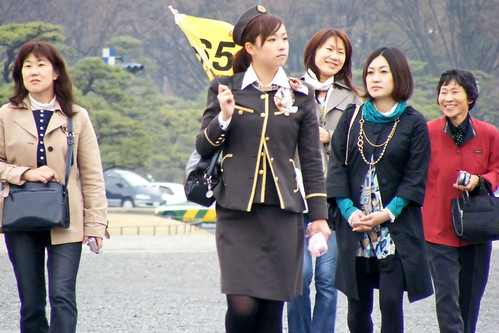 |
| Courtesy of St Stev |
Before I even knew that this was his “pastoral” symphony, the pastoral nature of the work shone through, clear and bright. Rarely has music created such vivid images in my mind and I can’t think of a single example when the images matched up with the expressed intent of the composer so thoroughly. The maestro thoughtfully included scene settings for the score to inform musicians and listeners about what he was imagining while composing:
- Erwachen heiterer Empfindungen bei der Ankunft auf dem Lande (Awakening of cheerful feelings upon arrival in the country): Allegro ma non troppo
- Szene am Bach (Scene at the brook): Andante molto mosso
- Lustiges Zusammensein der Landleute (Happy gathering of country folk): Allegro
- Gewitter, Sturm (Thunderstorm; Storm): Allegro
- Hirtengesang. Frohe und dankbare Gefühle nach dem Sturm (Shepherds' song; cheerful and thankful feelings after the storm): Allegretto
With every listen, there’s something new to discover (birds calling, thunder pealing, peasants dancing) but the terrain remains the same. Not only does this symphony transport me to another place, but another time. In an age of ubiquitous first-person shooters, take some time to relax and become a first-person country hiker. Beethoven, flag in hand, will be glad to show you the way.
Find out more about the sixth here. This article does a good job explaining why this symphony is considered to be pastoral. The performance I am listening to (and am insanely in love with) is available here at archive.org:
Recording notes:
Composer: Ludwig van Beethoven
Work: Symphony No. 6
Conductor: Bruno Walter
Performers: Columbia Symphony Orchestra
Date: Jan. 13, 15, and 17, 1958

No comments:
Post a Comment